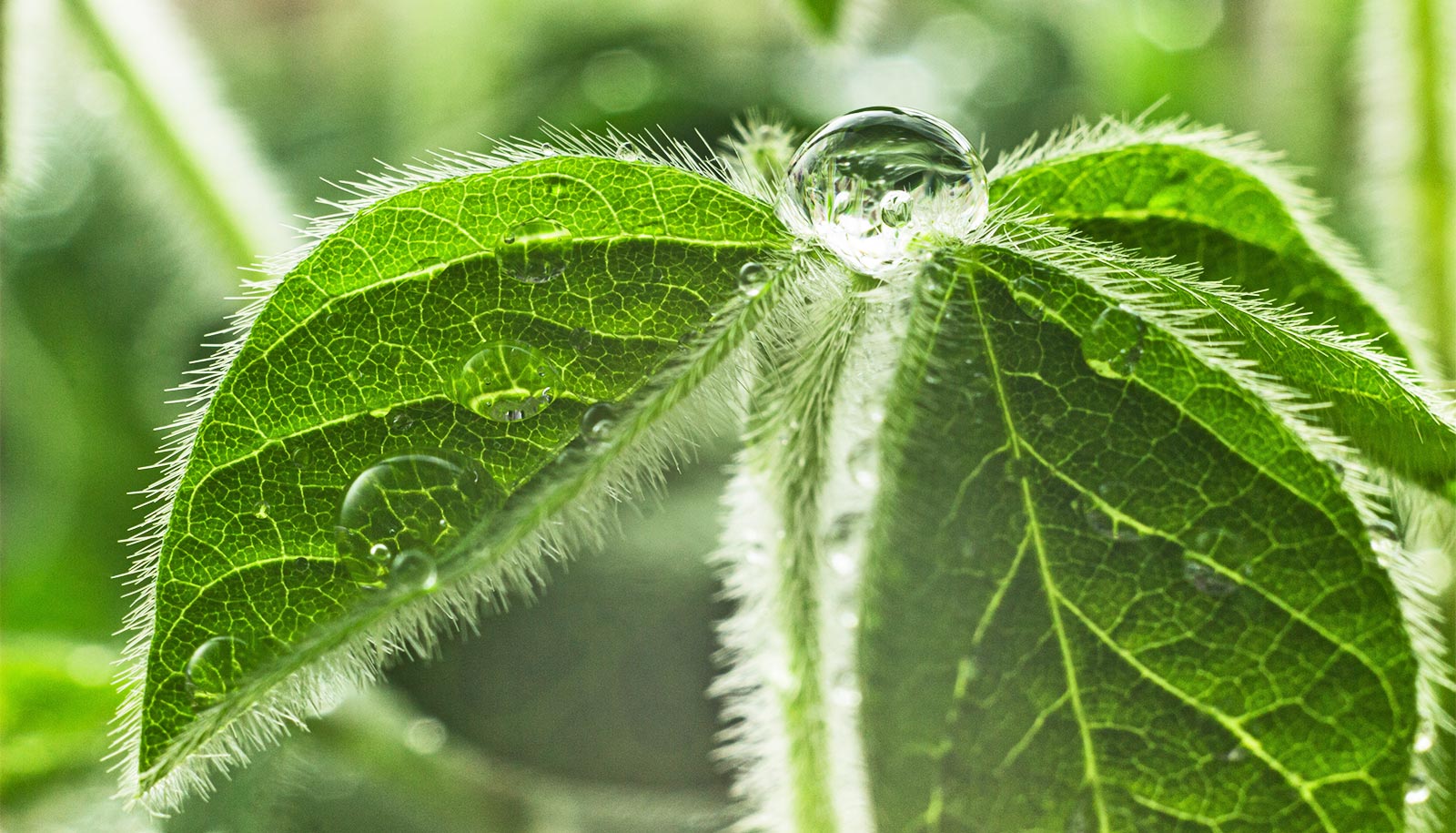Some plants may selectively kill part of their roots in order to survive cold weather conditions, researchers have found.
This approach allows the plants to withstand chilling stress and to recover faster when the weather turns better. The discovery and understanding of this survival approach could pave the way for the development of novel strategies to improve the growth and yield of crops that undergo such environmental stress.
The study, led by Xu Jian from the biological sciences department at the National University of Singapore’s Faculty of Science, involved a small flowering plant called thale cress, known scientifically as Arabidopsis. This plant is a member of the Brassicaceae family, and its relatives include mustard greens, cabbage, and kale.
Sacrificing to survive
Studies have shown that temperature can induce damage in the deoxyribonucleic acid (DNA) of plant cells, and has a profound effect on plant development and growth. However, its effects on plant stem cell behavior and activity are still not well understood.
“The study of plant roots has been largely neglected by agricultural researchers in crop improvement until recently. Examining roots is important as they serve as the major interface between a plant and its soil environment, and are responsible for water and nutrient uptake—both resources which are critical for a plant’s survival,” says Xu.
The research team conducted experiments on the roots of Arabidopsis, a plant often used as a model organism in plant biology and had its genome fully sequenced in 2000.
To investigate the effect of chilling temperature on root development and growth, the team used the Arabidopsis root stem cell niche as an experimental model to perform in-depth studies at high spatial and temporal resolutions. The use of such experimental models provides deep insights on the survival strategies that plants employ when the odds are against them.
Roots and fungi shape how trees ‘hunt’ for food
The research team found that a chilling temperature of four degrees Celsius leads to DNA damage in the root stem cells of the Arabidopsis, as well as their early descendants. However, only the columella stem cell daughters die preferentially, and the death of these daughter cells allows maintenance of a functional stem cell niche.
On the other hand, inhibition of the DNA damage response in these daughter cells prevents their death. Yet, this increases the probability that the other stem cells in the root stem cell niche will die due to the cold, leading to the plant’s death.
Hong Jing Han, first author of the study, elaborates, “The sacrificial mechanism improves the root’s ability to withstand other low temperature-related stresses. When optimal temperatures are restored, the plant stem cells can divide at a faster rate, which will in turn enhance recovery and survival of the plant.” Hong carried out the research as part of her doctoral thesis under the supervision of Xu.
Making better plants
“Our discovery of how the Arabidopsis plant slays its columella stem cell daughters shed light on the plant’s unique strategy to survive harsh weather conditions, and demonstrates that the potential of engineering cold tolerance in plants to help them withstand harsh environmental conditions. The ability to do so will certainly allow farmers to extend the growing season of crops and the land area in which to grow them, increasing both yield stability and production capacity,” says Xu.
Snow protects tree roots as they ‘pump’ silica
The next step for Xu and his team would be to uncover the gene regulatory network that has underpinned the successful adaptation of plants and their stem cells to cold environments.
The research took place in collaboration with scientists from the Novosibirsk State University. The findings are available in the online edition of the journal Cell. The National Research Foundation Singapore and the Singapore Ministry of Education supported the research.
Source: National University of Singapore



